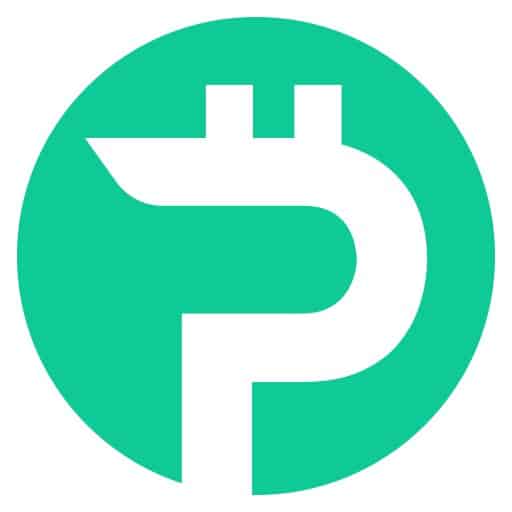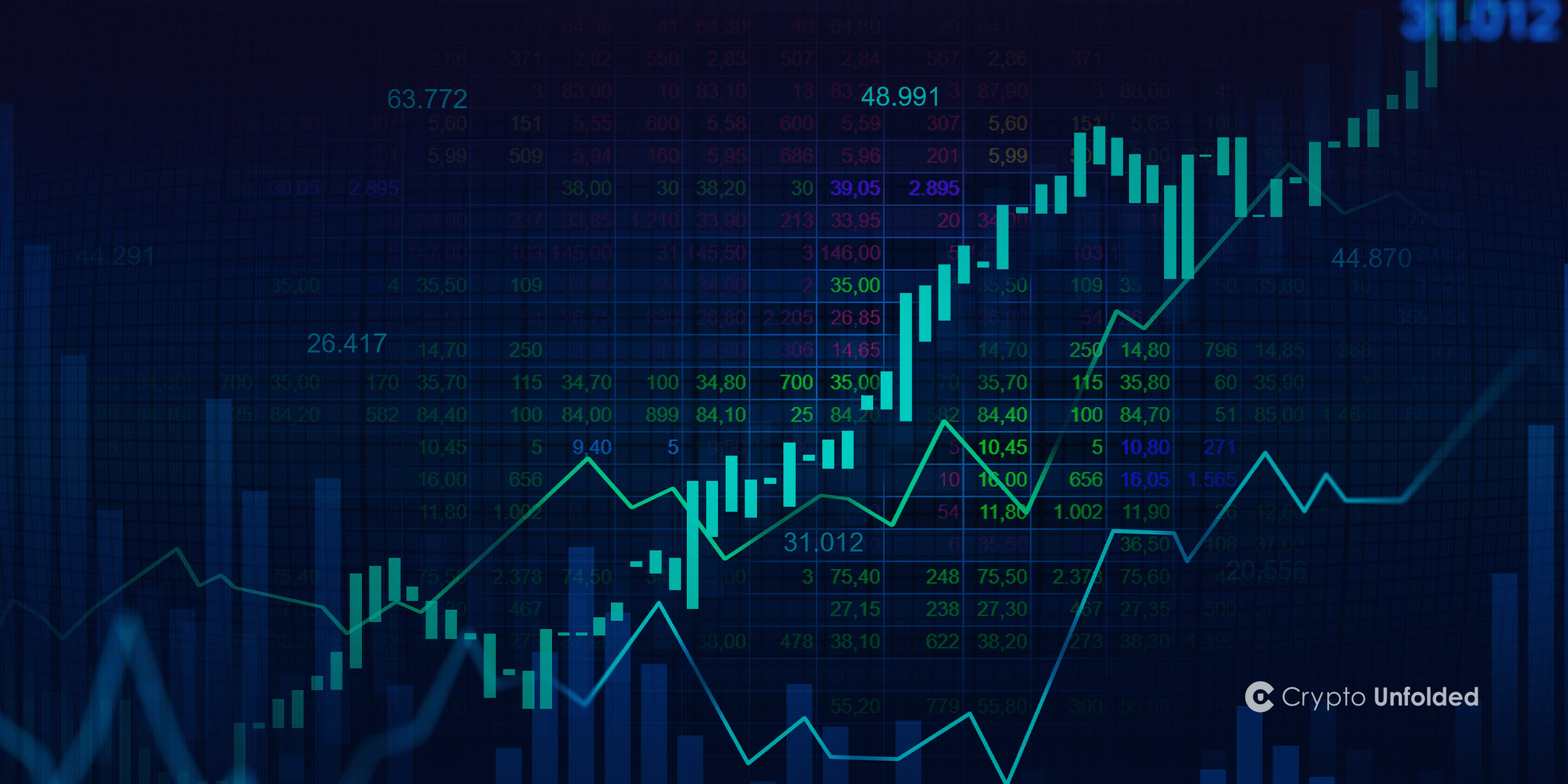Bitcoin’s excessive price volatility has elicited numerous discussions about whether the digital asset has intrinsic value. Since its launch in early 2010, Bitcoin has displayed a wild price ride. In April 2021, it hit an all-time high price of around $64 000. Furthermore, 2017 was a historic year in Bitcoin’s price charts. Then, the coin […]
Bitcoin’s excessive price volatility has elicited numerous discussions about whether the digital asset has intrinsic value.
Since its launch in early 2010, Bitcoin has displayed a wild price ride. In April 2021, it hit an all-time high price of around $64 000. Furthermore, 2017 was a historic year in Bitcoin’s price charts. Then, the coin started trading at $1,000 and ended at $19,783.06, representing a 1,824% increase in value.
Bitcoin has historically risen in value, with experts predicting that the price will continue to grow in the years to come. But what drives Bitcoin’s value? Unfortunately, most people fail to understand where Bitcoin derives its value or what drives its price growth.
Bitcoin skeptics argue that the digital currency lacks intrinsic value, with hoarding and speculation being the major economic forces driving its price growth. Bitcoin proponents, on the other hand, argue that Bitcoin derives its value from scarcity and utility. This piece examines whether Bitcoin has an intrinsic value as well as the proper backing of its price.
What is Intrinsic Value?
An intrinsic value of an asset refers to the internal value possessed by the support. A purchase or commodity with value in itself, i.e., inherent value, does not require an additional product to attain its value. For instance, the intrinsic value of sugar is sweetness. A product has intrinsic value if people are willing to pay the price to obtain it.
For a commodity to have intrinsic value, it needs to be exchanged with another product for a similar deal. Additionally, it needs to store value to be part of trades in the future. If the commodity has a scarce supply, its intrinsic value should increase over time in line with demand.
Gold, silver, and other precious metals have an intrinsic value, just like any other product. However, the inherent value of such metals is mainly dependent on their scarcity, investments that go into the mines, and channels of procurements.
Unlike commodities and precious metals, fiat currencies lack an intrinsic value. Instead, they derive their value from the state’s backing and the people’s trust. Thus, the value of fiat currencies is determined by the users’ demand and supply.
Bitcoin Has no Intrinsic Value. Here is Why?
In March 2020, the Bank of England’s governor statement that Bitcoin and other cryptocurrencies lacked intrinsic value elicited mixed reactions among the crypto community. Andrew Bailey made the statement in a press conference where he was asked about the future of cryptocurrency. While most Bitcoin advocates quickly rubbished Bailey’s comments, it’s a fact that Bitcoin lacks intrinsic value but has extrinsic value.
Bitcoin has no intrinsic value since it can neither function as a medium of exchange nor a weight store thanks to its intense volatility. As a result, bitcoin skeptics argue that the coin lacks a real-world use case, like gold and other commodities that have intrinsic value. This argument is relatively correct, at least as of now.
While some enterprises accept Bitcoin as a means of payment, the coin is unreliable to be used as a means of exchange owing to enormous price volatility. Bitcoin’s intense price volatility is primarily attributed to its inherent deflationary nature, resulting in hoarding and intense speculation.
However, once all the 21 million bitcoins have been mined, the coin is predicted to be much more stable than it is currently. This is particularly true considering that Bitcoin’s volatility has been decreasing steadily from the mining of the genesis block towards the last block, which is estimated to be mined in 2140.
Bitcoin vs. Real-World Assets
Bitcoin has no intrinsic value because it lacks a real-world use case and store of value. Commodities have an intrinsic value when they can use them to store value and have real-world use cases. For instance, many believe gold to have inherent value as it has several real-life applications in the electronics and medical (dentistry) industries.
It can also turn gold into expensive jewelry, coins, and gold bars. However, like fiat currency, gold obtains vast of its intrinsic value in the people’s perception that it’s valuable. So, it doesn’t get and much of its real-world use case. Only 15% of all gold available is part of industrial applications.
In essence, Bitcoin lacks intrinsic value as it cannot be efficiently used as a means of exchange owing to its volatile nature. What’s more, it cannot turn into a product that offers utility, i.e., it lacks a reliable real-world application.
Where Then Does Bitcoin Obtain Its Value
Bitcoin lacking an intrinsic value doesn’t mean that the coin is not valuable. If it was not practical, how then would 1 BTC be worth $47 700 at the time of writing? Bitcoin’s value is in a form no other commodity is capable of offering. After all, the king coin is essentially a digital product that offers access to a decentralized, automated ledger financial service.
Bitcoin has value, and it’s possible to approximate the potential value of one bitcoin using two primary theories: equating it to gold and Metcalfe’s law which states that the value of a network is proportional to the square of the total number of users on the web.
When equated to gold, one bitcoin could be worth $ 357,000. This figure comes from calculating the total value of all gold ever mined $7.5 trillion and dividing the number by 21 million. The latter is the total number of Bitcoin that will ever exist.
Bitcoin obtains its value from scarcity. The cryptocurrency has a set cap of 21 million bitcoins, meaning that supply decreases with supply increases. Thus, Bitcoin’s finite supply makes it highly valuable, even more than gold and other commodities, which have an infinite supply. Indeed, scarcity is the proper backing of Bitcoin’s price and determines its economic value.
Closing Words
Bitcoin has no intrinsic value mainly because it doesn’t function as a store of value or a medium of exchange. However, this doesn’t mean that the coin is not valuable. On the contrary, Bitcoin is currently the most valuable commodity globally and more valuable than gold.
Many perceive Bitcoin’s actual value as deriving from scarcity. Unlike gold, the coin has a capped supply of 21 million coins, which doesn’t have a fixed supply. Bitcoin’s fixed supply makes it highly valuable, more than any other commodity or digital asset.
The post Bitcoin has No Intrinsic Value But Seems Its Scarcity is the True Backing of its Price appeared first on Crypto Adventure.









